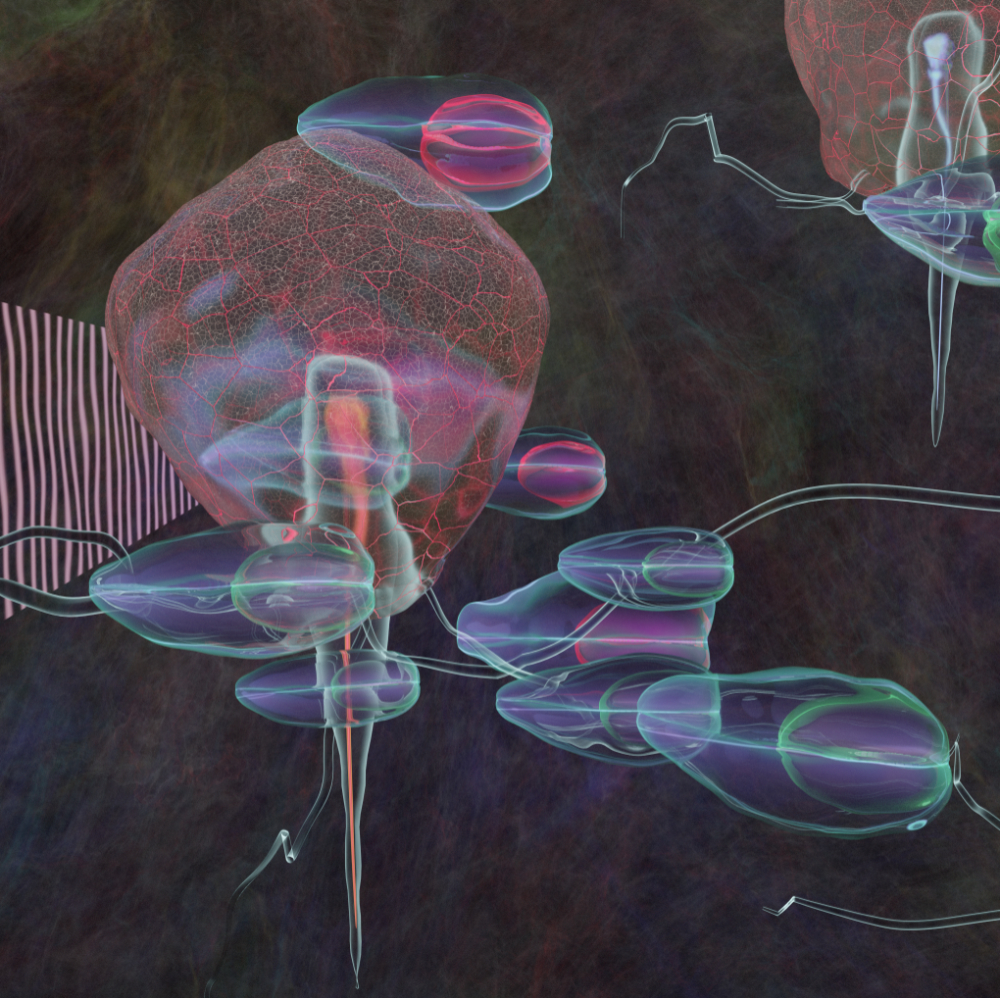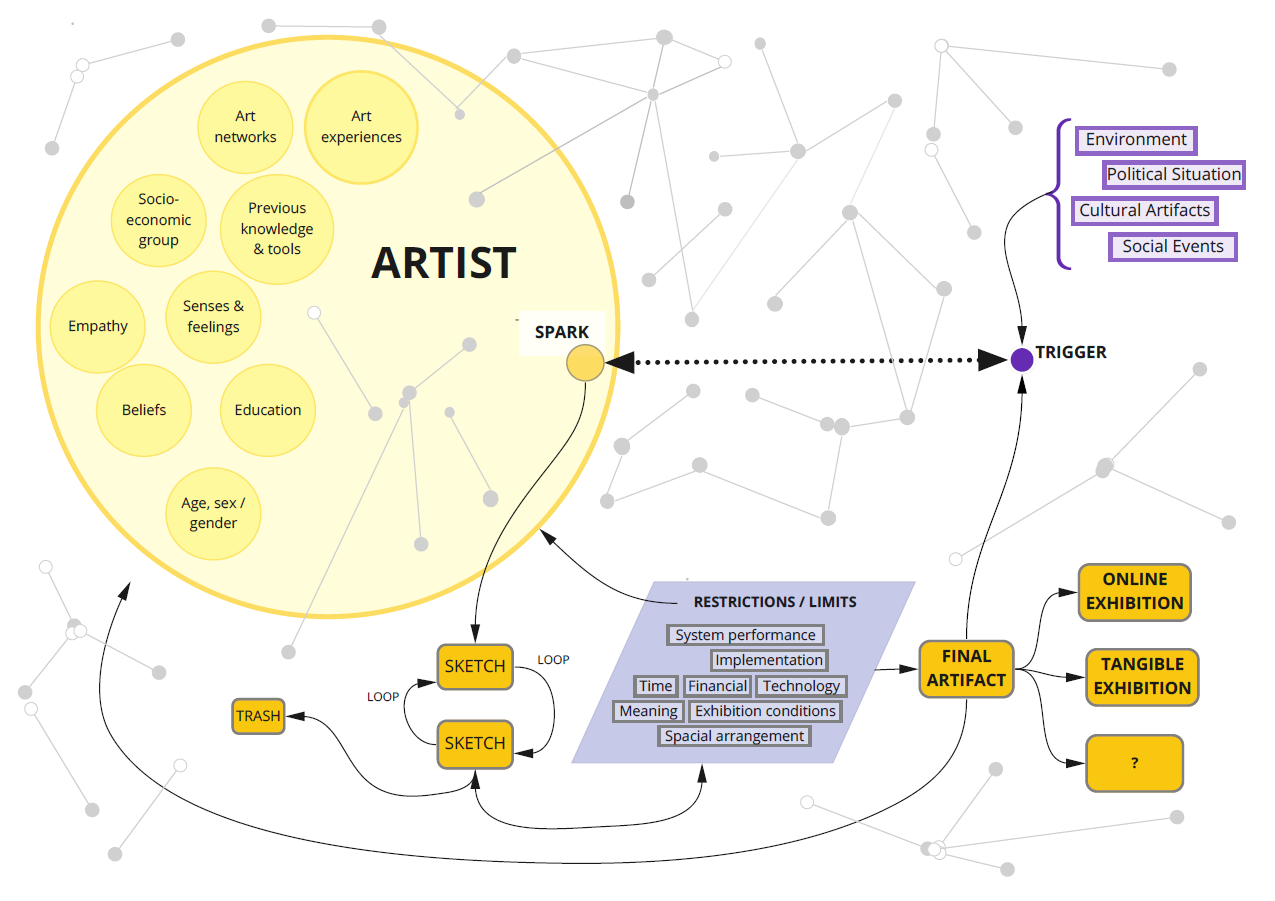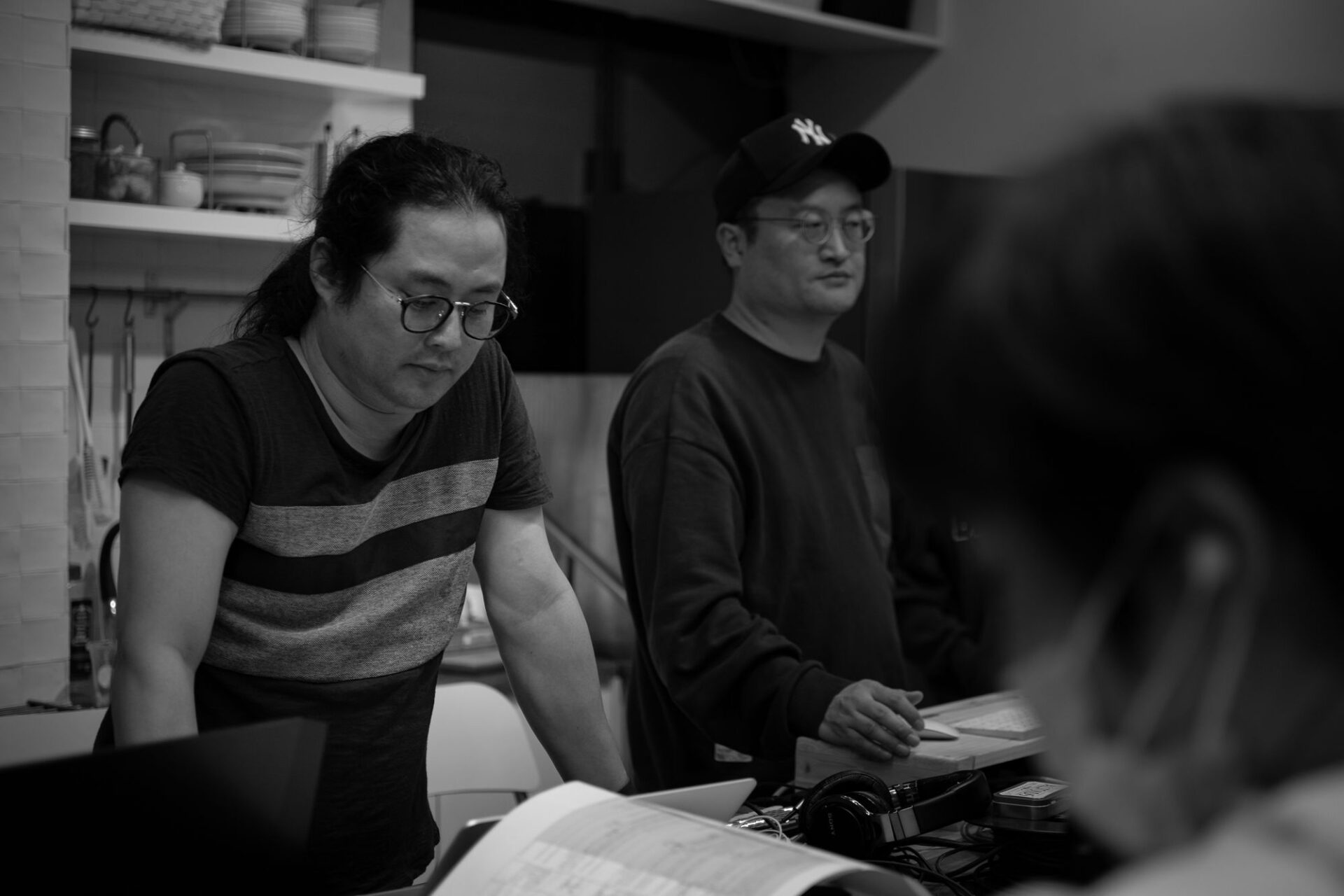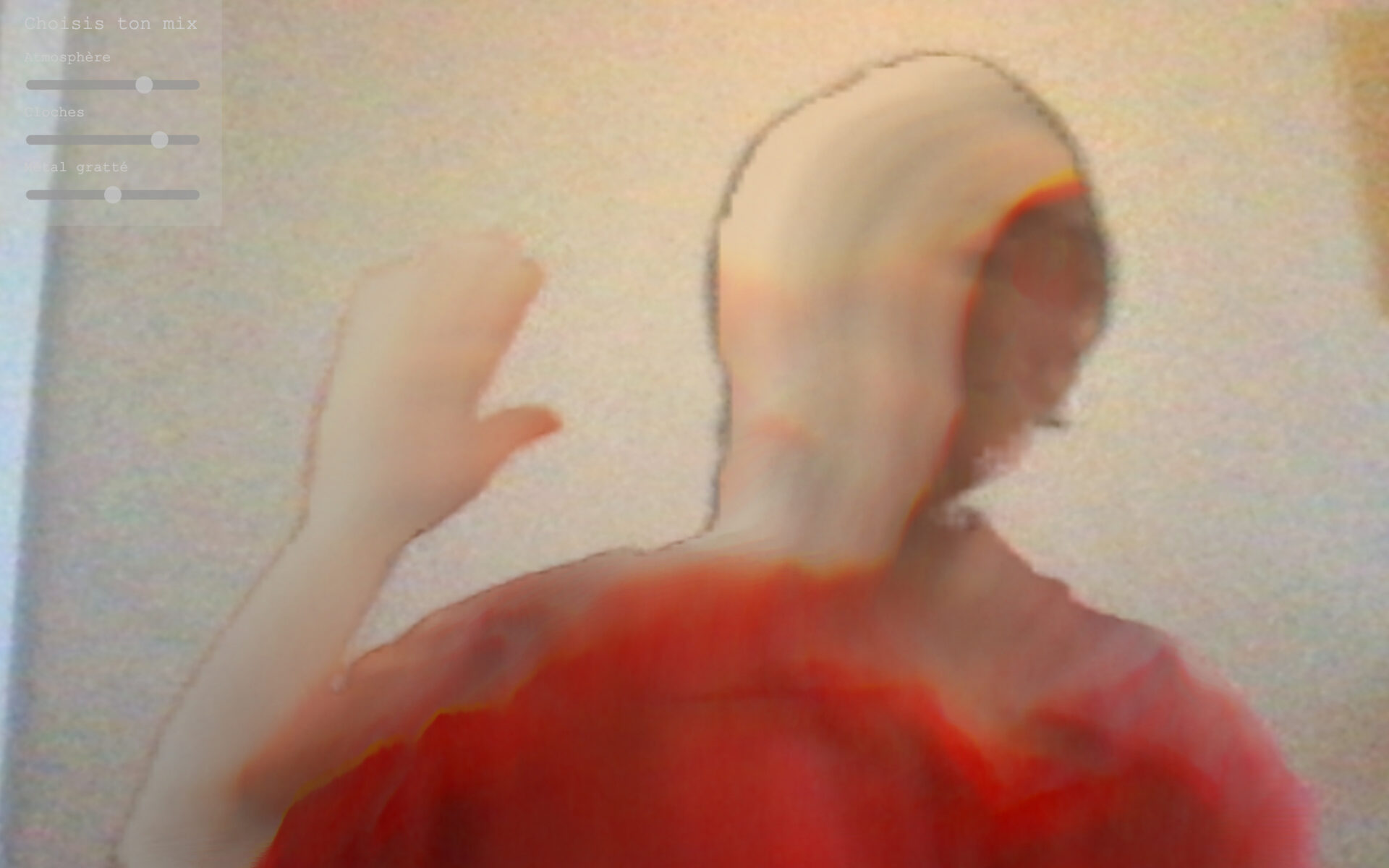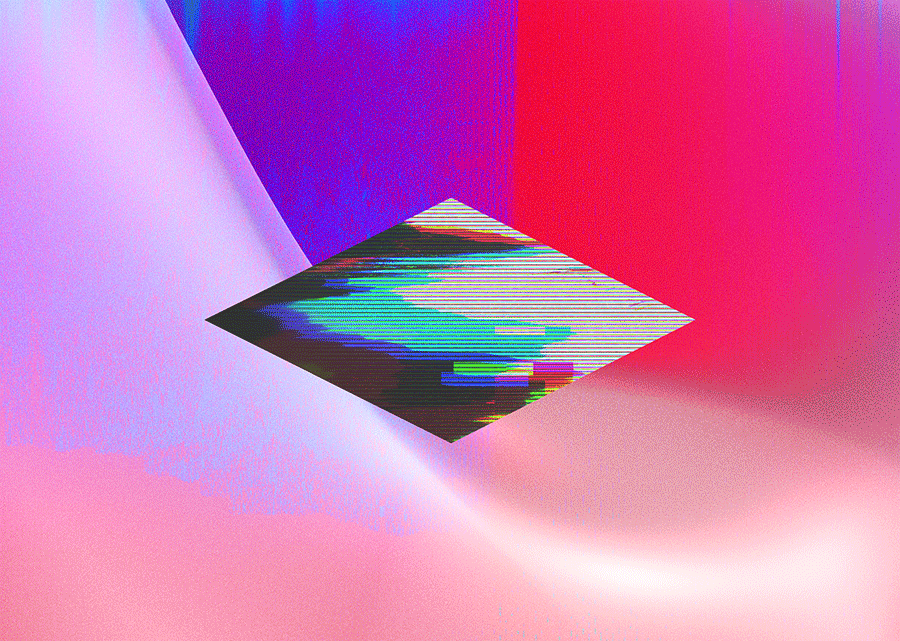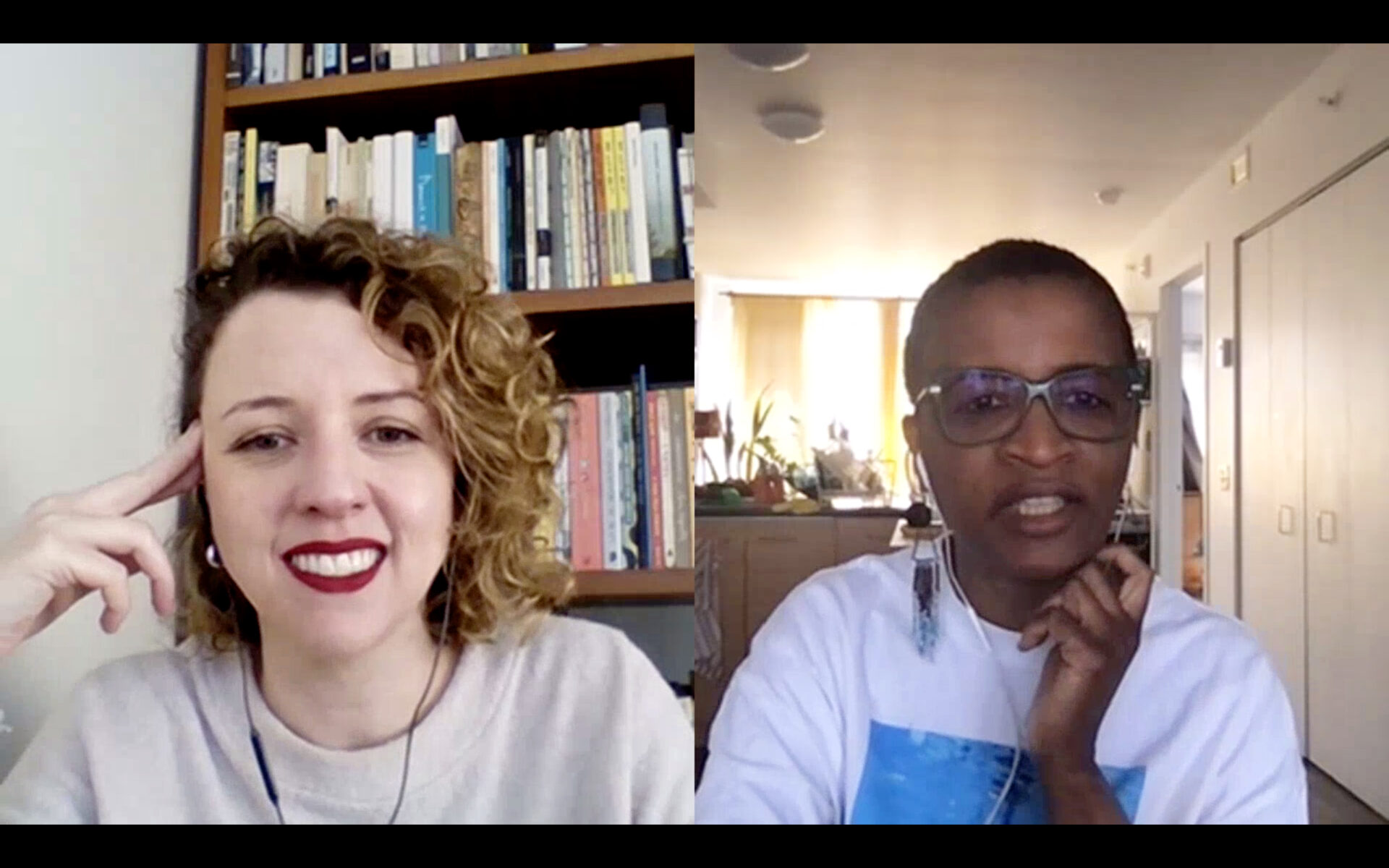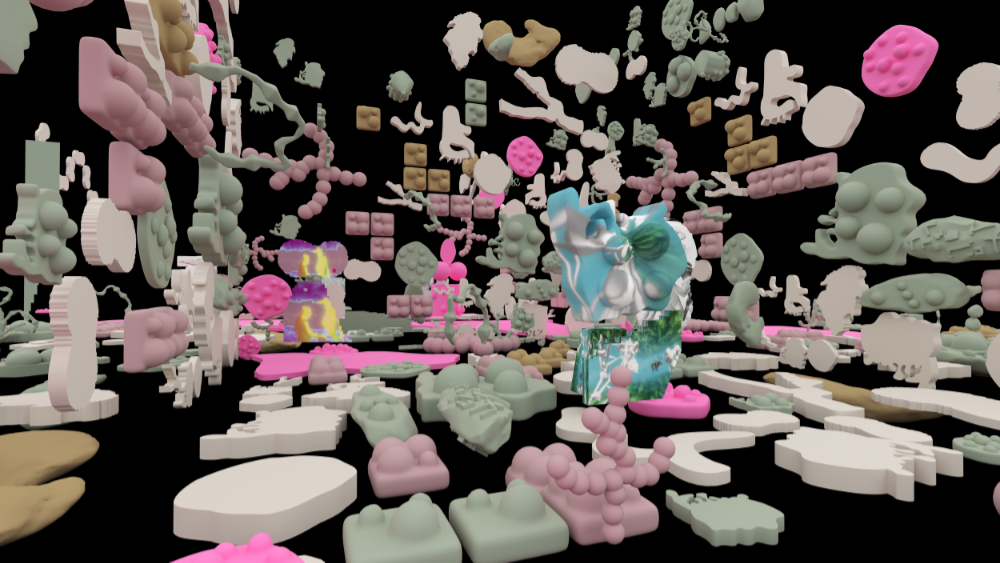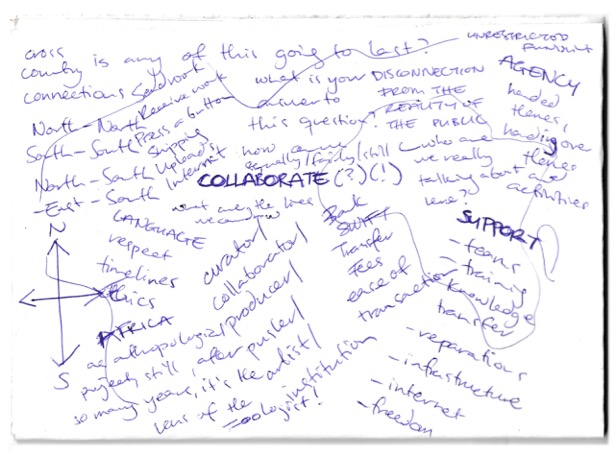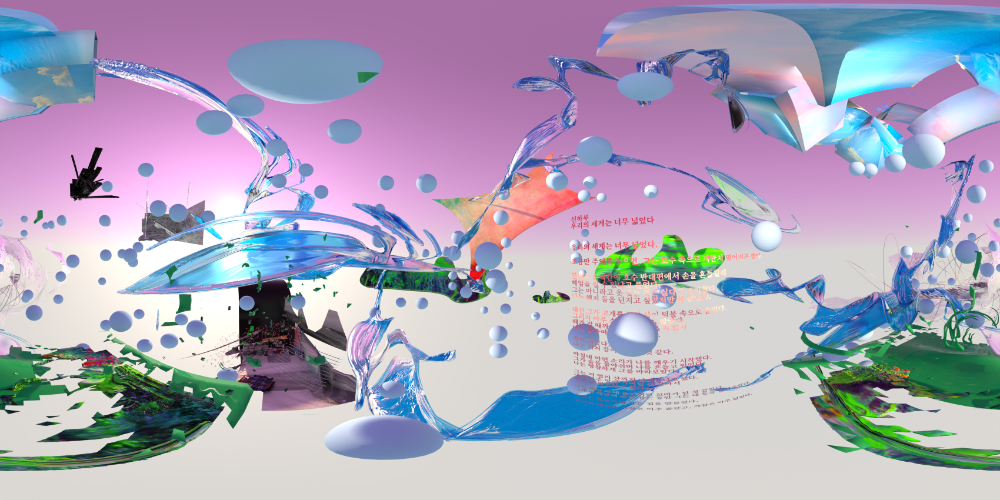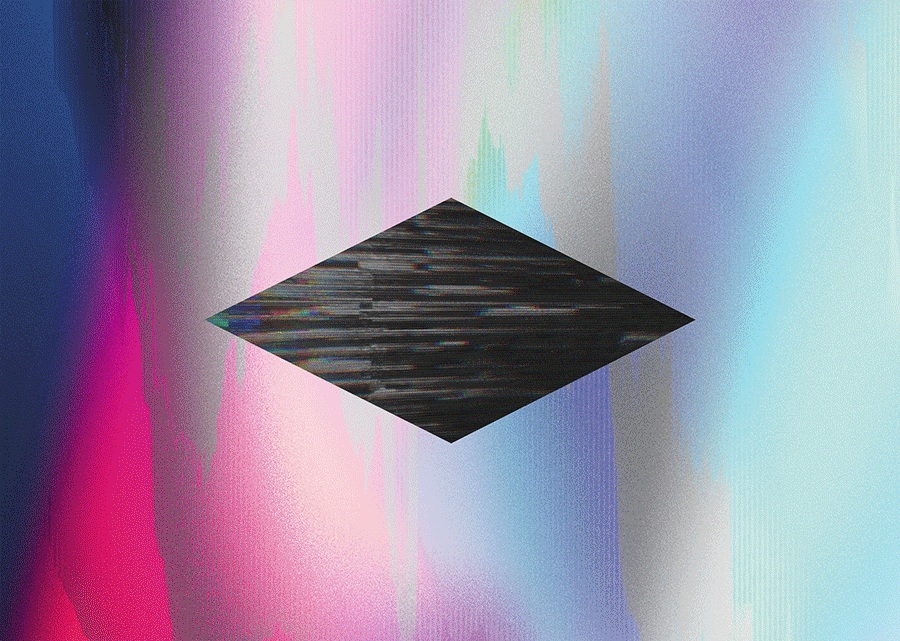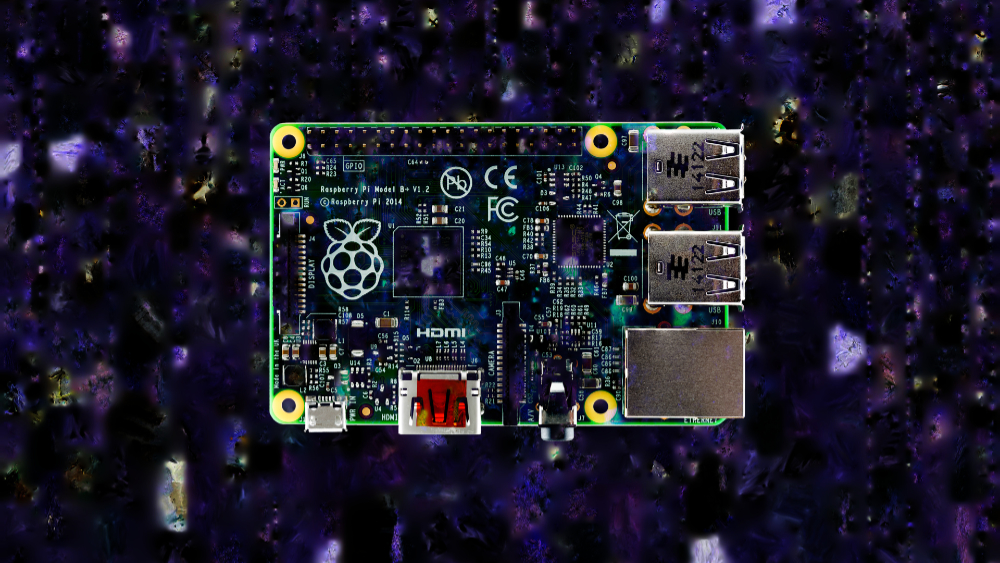Reflecting on curatorial practices in digital art as well as on the individuals and institutions who develop them—with a specific interest in collaborative strategies, solidarity-based approaches and the potential of new technologies—is, it seems to me, part of a reflection of a holistic nature on the concept of resonance.
One can think about resonance on several levels, notably as the effect of what reverberates in the mind, as an extension or amplification of sonorities in certain environments, as an increase in the amplitude of a system tending to produce currents in circuits that react to each other. If the principle of resonance is the property of a space where this phenomenon occurs, it requires in return a form of permeability – an aptitude to be transformed.
The quality of a work, a conversation, a collaboration, derives from the nature of the relationship to the world it establishes and from the quality of attentiveness it benefits from, at the risk of becoming ossified or silenced into a form of resistance. In this era of a paradigm shift marked by the pandemic, over the course of which individuals and institutions accelerated and intensified the migration of the various forms of their actions and interactions towards digital spaces, it is crucial to reflect on the optimal resonance conditions of these new spaces in which images, actions, presences and statements coexist.
If paying heed to the acoustics of physical architectural space is common practice, then how does one go about optimizing those of immaterial spaces? Though it is intrinsic and fundamental to this reflection, the quality of a collaboration work is not measured only in terms of the financial, material, technological and human resources it has access to, but also in regards to the quality of reciprocity, alterity and agency it favours. What digital spaces are to be envisaged and according to what methodologies ought they to be designed to act beyond preestablished hierarchies, and to avoid the pitfall of a latent and invasive normativity? What we are going through must be seized as an opportunity to significantly reframe our ideas, definitions and interactions.
The field of art constitutes a central resonance sphere of life insofar as “establishing a genuine relationship, […] necessarily also requires a reciprocal movement, i.e. touching, moving, altering and shaping things thus experiencing self-efficacy through action. In dealing with materialities, this process is generally called work, or labor.”[1]
In a critical and speculative perspective, how can one envision the role of the cultural institution in the broad sense, with regard to the individuals it takes care of and that constitute it? How can alienation be avoided when a subject is locked into a relationship without complicity with it? An institution bears the responsibility of making the collaborations between artists, cultural workers and citizens resonate in a connected ecosystem. With the idea of an activated reciprocal movement regarding the human being’s relationship to the living environment, we can envisage the institution as a sounding board that draws liminal inspiration from the world and its socio-cultural changes, at the heart of which art and collaboration prove to be catalysts.
[1] Hartmut Rosa, Resonance: A Sociology of our Relationship to the World, New York: Polity Press, 2019, p. 322.

